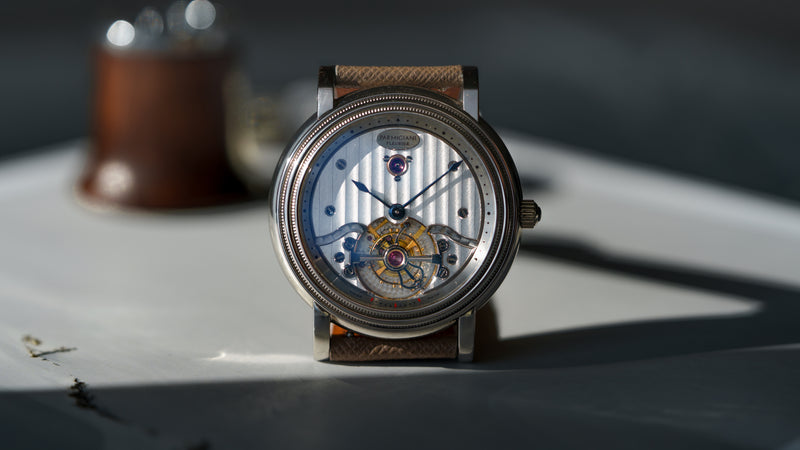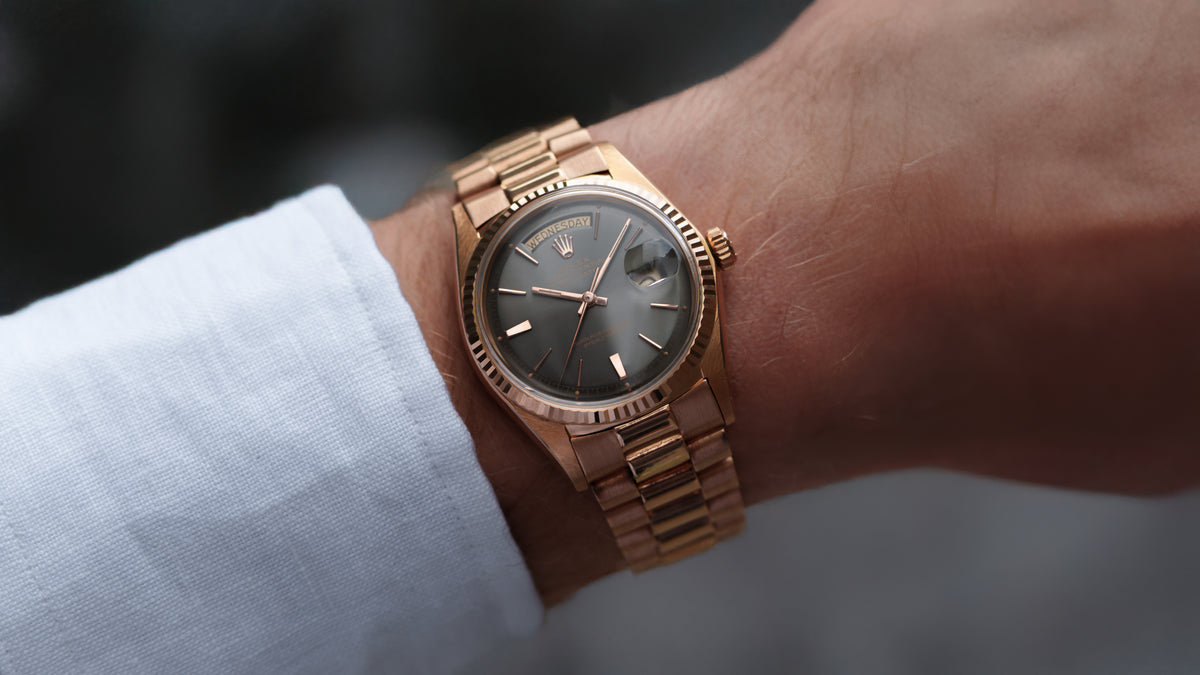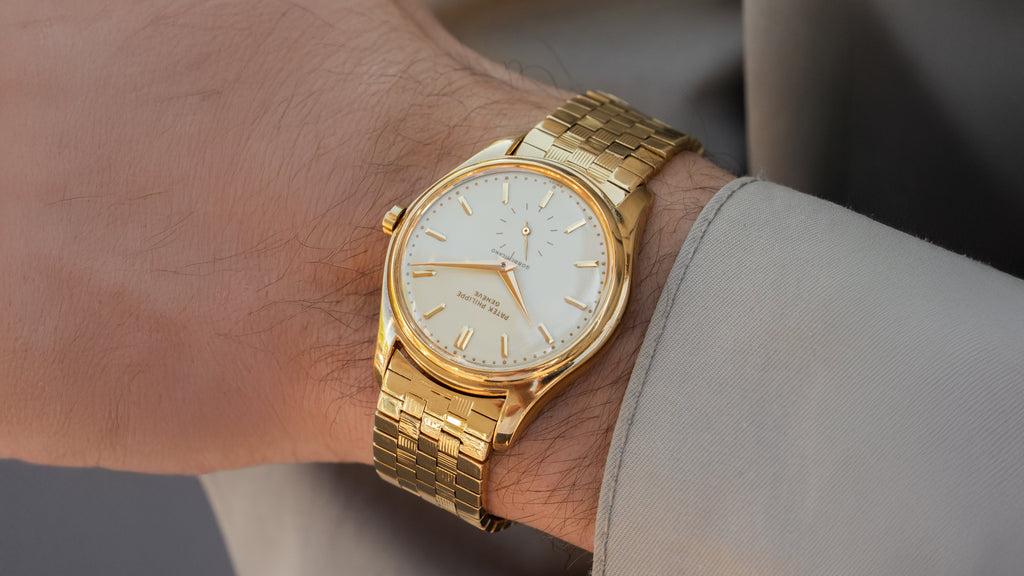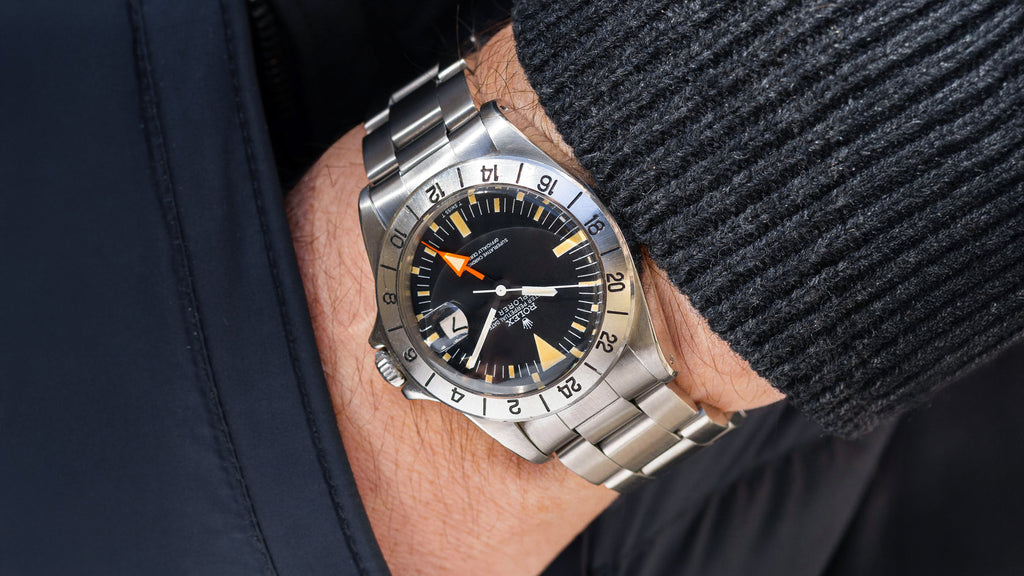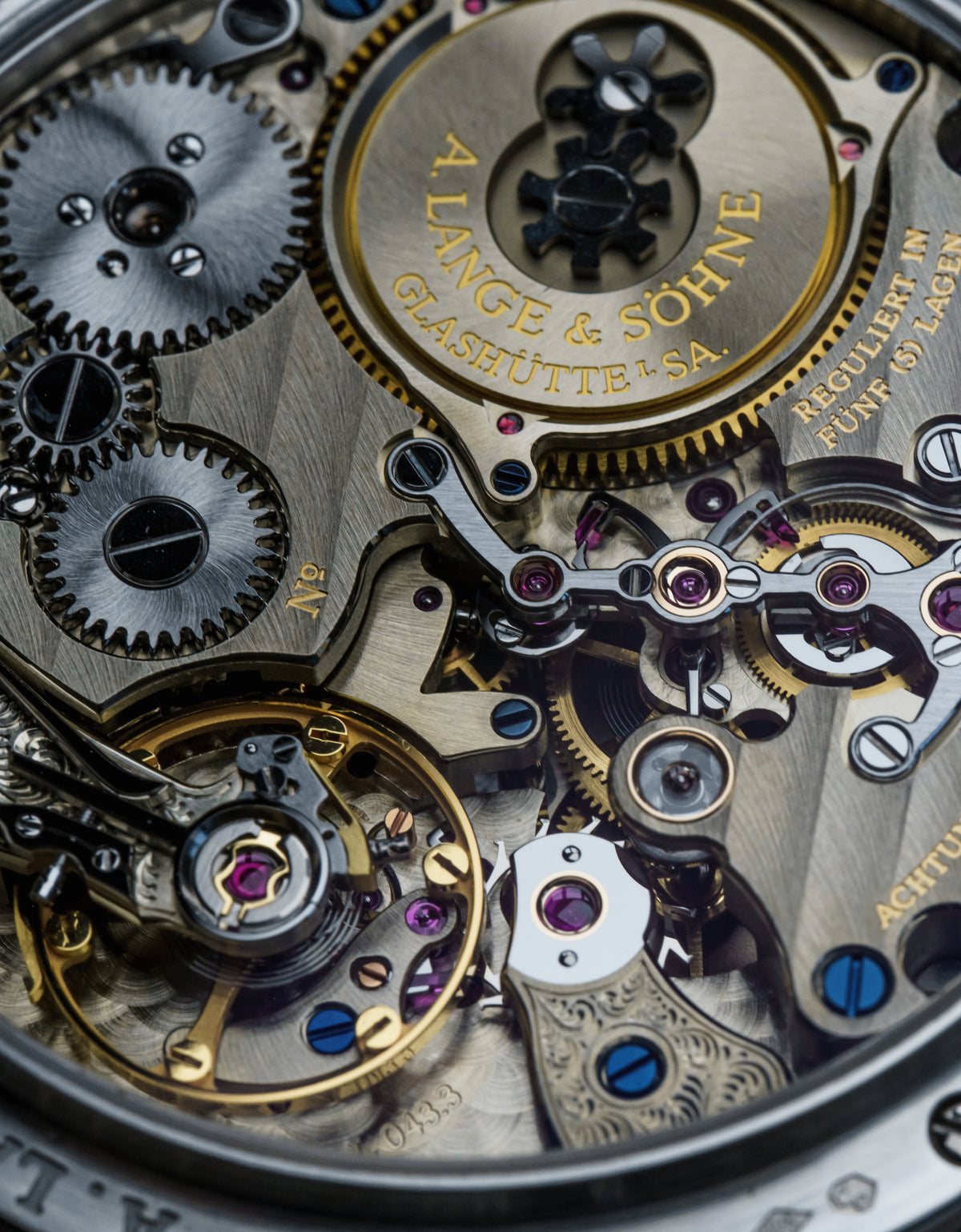EXCLUSIVES
A Careful Selection of Exceptional Watches Retailed by Hairspring
FINDS
Featured Watches, the Best on Offer From the Broader Market All in One Place
425.050 A. Lange & Söhne 1815 Rattrapante Honeygold
UAE Ministry of Defence 1675 Rolex GMT-Master
3738R Patek Philippe Ellipse
Technicum Le Locle Ecole D'Horlogerie Triple Calendar Chronograph
'Gobbi Milano' Dial 2526 Patek Philippe Calatrava
Mk1 'Straight Hand' 1655 Rolex Explorer II

Journal
Long Form Stories, Guides, and Interviews to Further Your Understanding of Horology





